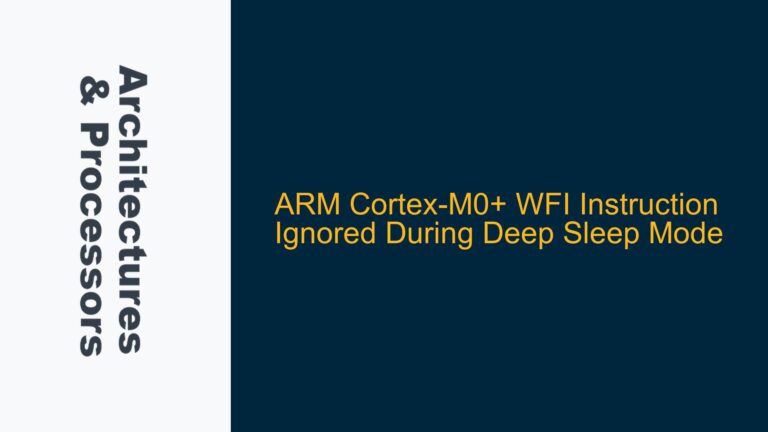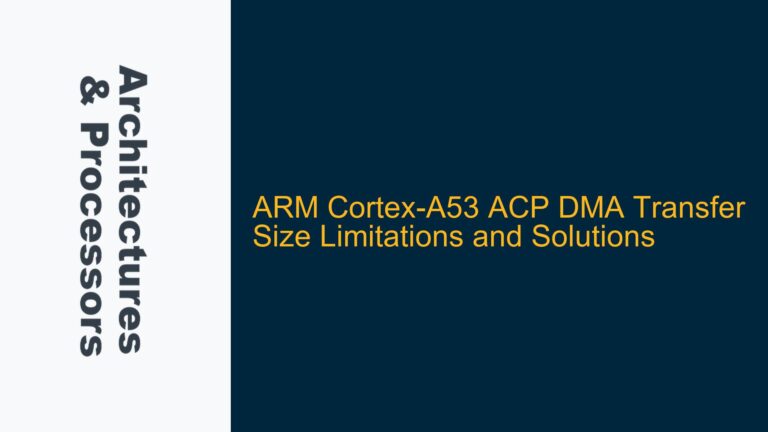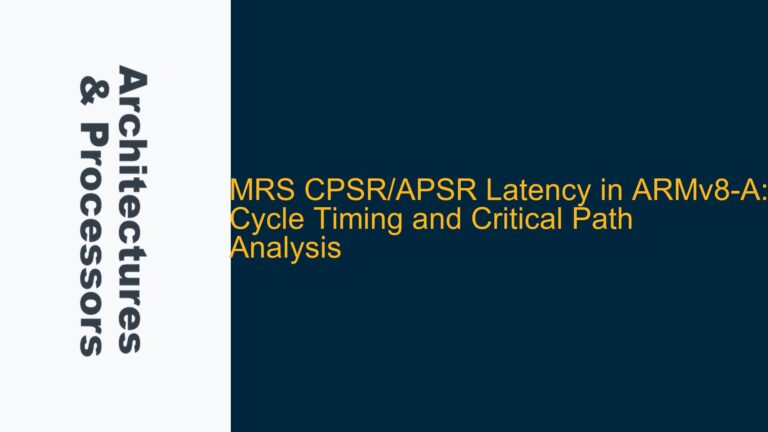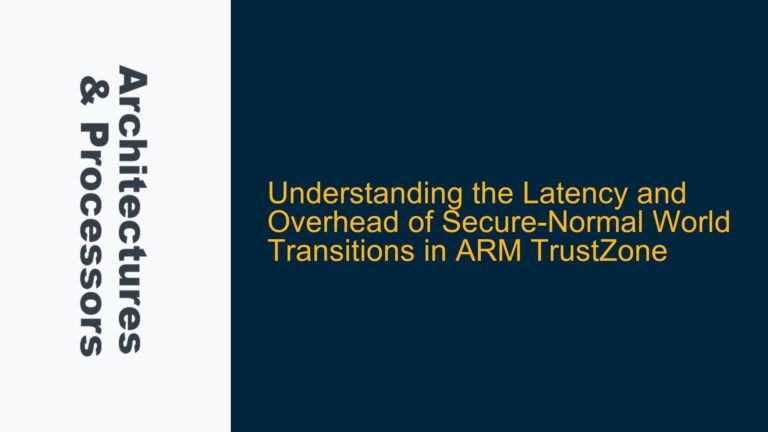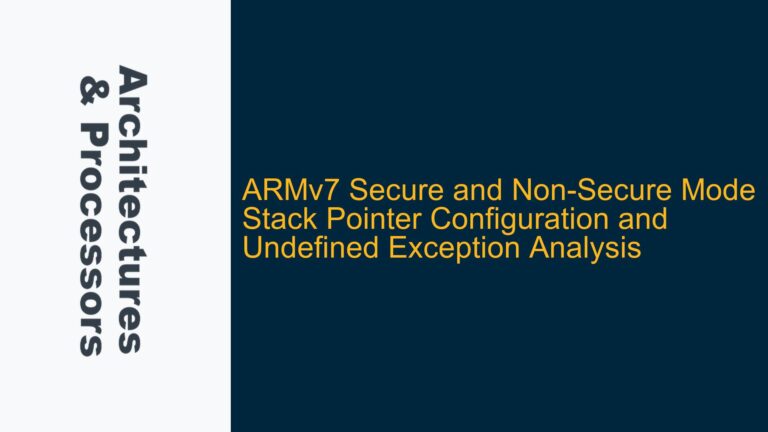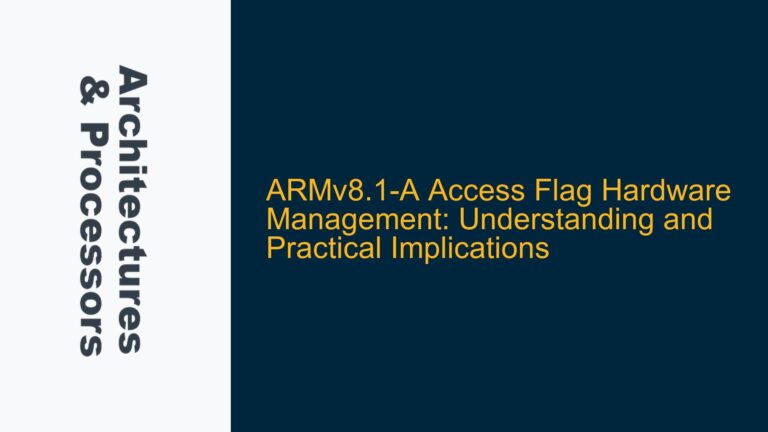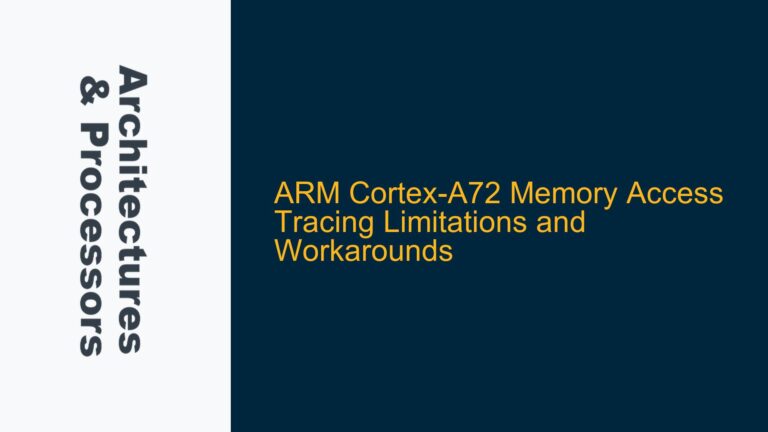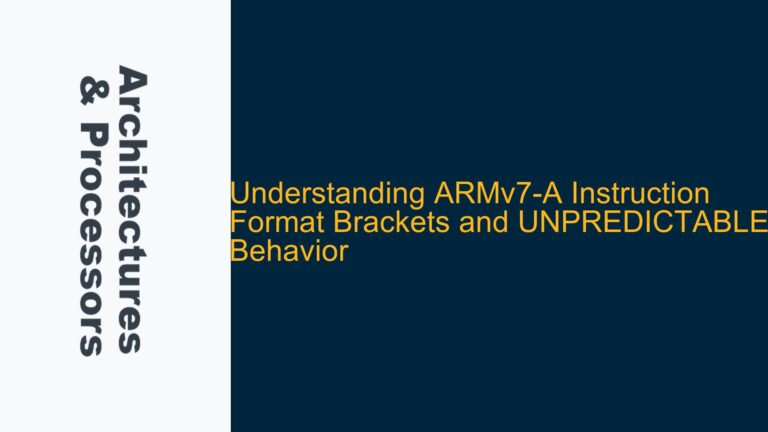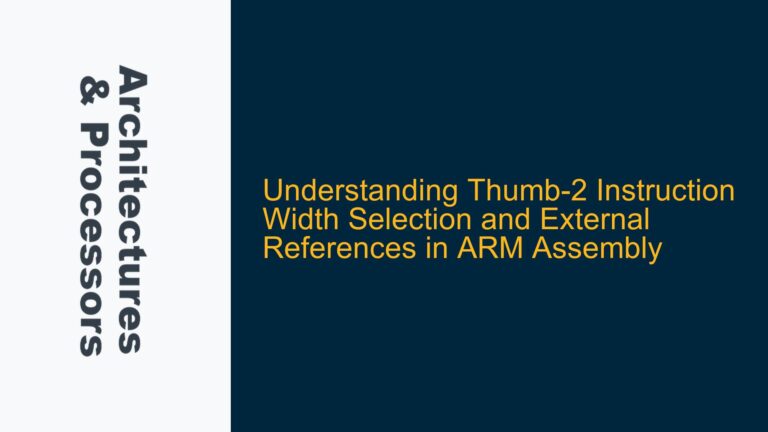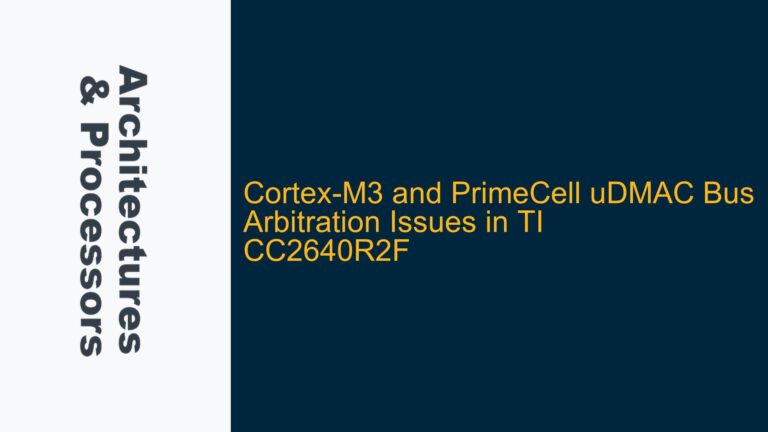ARM Cortex-M0+ WFI Instruction Ignored During Deep Sleep Mode
ARM Cortex-M0+ WFI Instruction Ignored During Deep Sleep Mode Issue Overview The ARM Cortex-M0+ processor, specifically the STM32L051 microcontroller, is occasionally ignoring the Wait For Interrupt (WFI) instruction when attempting to enter deep sleep mode. This issue manifests as the processor failing to enter the low-power state and instead continuing to execute code, which defeats…
